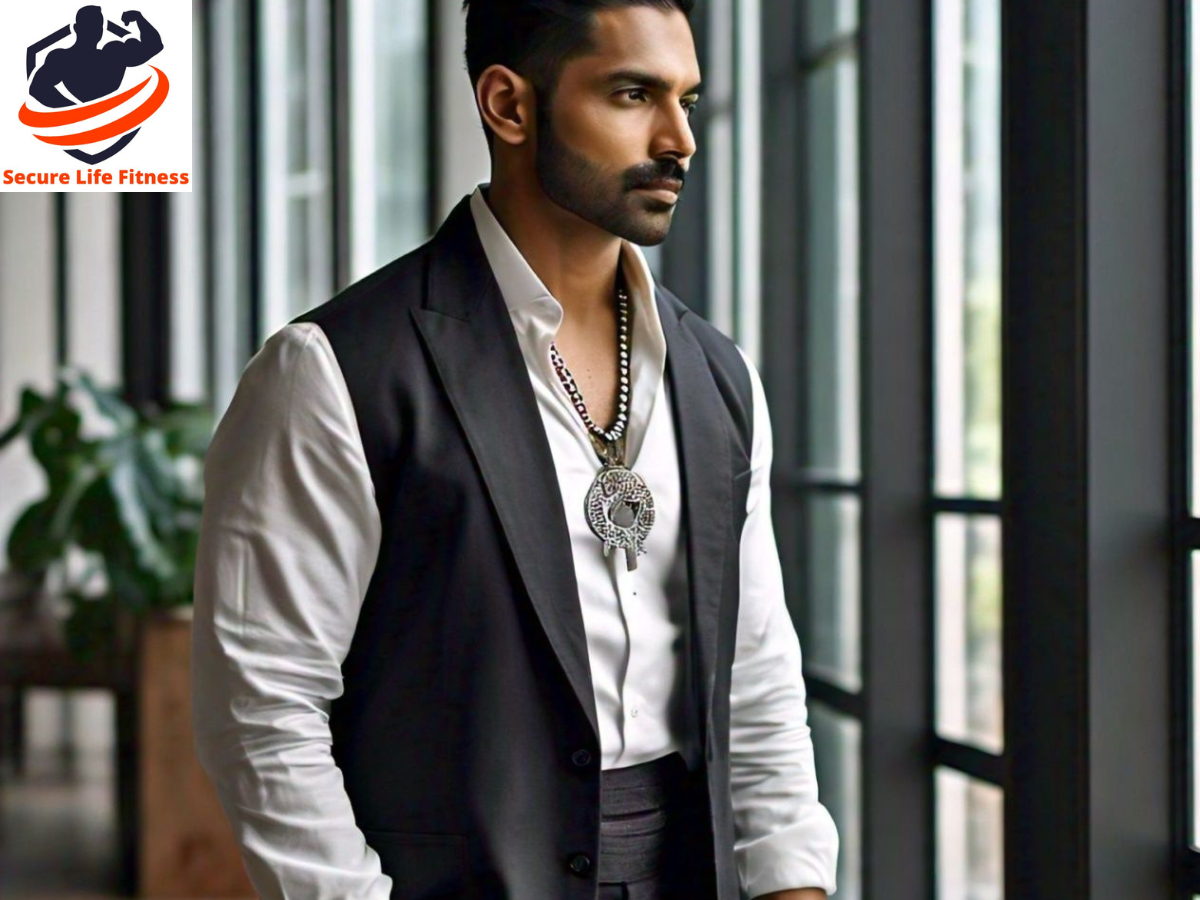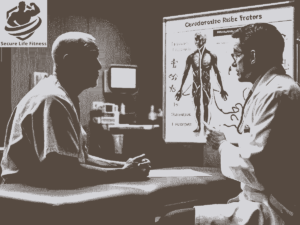Table of Contents
ToggleFlexible Leader
In today’s fast-paced and ever-changing world, leadership is no longer about having all the answers. Instead, it’s about being able to adapt, innovate, and lead others through uncertainty. Flexible leadership is the key to unlocking greatness, and in this blog post, we’ll explore what it means to be a flexible leader and how adaptability can inspire greatness.
What is a Flexible Leader?
A flexible leader is someone who can adapt to changing circumstances, navigate ambiguity, and lead others through uncertainty. They are able to pivot when necessary, adjust their approach, and communicate effectively with their team. Flexible leaders are not rigid in their thinking, but instead, are open to new ideas, willing to take calculated risks, and embrace failure as a learning opportunity.
Characteristics of a Flexible Leader
- Adaptability : The ability to adjust to changing circumstances and priorities.
- Emotional Intelligence : The ability to understand and manage their own emotions and the emotions of others.
- Creativity: The capacity to think creatively and generate original ideas.
- Resilience : The ability to bounce back from setbacks and failures.
- Empathy: The capacity to comprehend and value various points of view.
The Benefits of Flexible Leadership
- Increased Innovation : Flexible leaders encourage creativity and experimentation, leading to new ideas and solutions.
- Improved Collaboration : Flexible leaders foster a culture of openness and trust, leading to better teamwork and communication.
- Enhanced Adaptability : Flexible leaders are able to pivot quickly in response to changing circumstances.
- Better Decision Making : Flexible leaders consider multiple perspectives and options, leading to more informed decisions.
- Increased Employee Engagement : Flexible leaders create a culture of empowerment and autonomy, leading to higher job satisfaction.
Challenges of Flexible Leadership
- Resistance to Change : Some team members may resist changes in direction or approach.
- Lack of Trust : Team members may not trust the leader’s decision-making process.
- Fear of Uncertainty : Team members may be uncomfortable with ambiguity and uncertainty.
- Difficulty in Letting Go : Leaders may struggle to let go of their own ideas and biases.
- Balancing Flexibility with Consistency : Leaders may struggle to balance flexibility with consistency and stability.
How to Develop Flexible Leadership
- Practice Self-Awareness : Recognize your own strengths, weaknesses, and biases.
- Seek Feedback: Seek input from others and show receptivity to helpful criticism.
- Embrace Lifelong Learning : Stay up-to-date with industry trends and best practices.
- Experiment and Take Risks : Try new approaches and be willing to fail.
- Build a Diverse Team : Surround yourself with people from different backgrounds and perspectives.
The Importance of Flexibility in Leadership
- Staying Relevant in a Changing Market
- Building Trust with Your Team
- Encouraging Innovation and Creativity
- Navigating Uncertainty and Ambiguity
- Developing a Growth Mindset
The Characteristics of a Flexible Leader
- Embraces Change
- Practices Active Listening
- Is Open-Minded
- Leads by Example
- Emphasizes Learning Over Perfection

How to Cultivate Flexibility as a Leader
- Practice Self-Awareness
- Seek Feedback
- Embrace Failure
- Stay Curious
- Lead with Humility
The Benefits of Flexibility in Leadership
- Improved Decision-Making
- Enhanced Collaboration
- Increased Innovation
- Better Adaptability to Change
- Stronger Relationships
Case Studies of Flexible Leaders
- Steve Jobs: The Master of Pivot
- Mary Barra: Leading with Adaptability
- Howard Schultz: Embracing Change
Overcoming Obstacles to Flexibility
- Recognizing and Challenging Limiting Beliefs
- Embracing Uncertainty and Ambiguity
- Developing a Growth Mindset
- Building a Support Network
Practical Strategies for Flexible Leadership
- Using Scenario Planning to Prepare for the Future
- Encouraging Experimentation and Learning from Failure
- Practicing Mindfulness and Self-Reflection
- Fostering a Culture of Adaptability
- Leading by Example
The Role of Technology in Enabling Flexible Leadership
- Leveraging Data Analytics to Inform Decision-Making
- Using Digital Tools to Facilitate Communication and Collaboration
- Embracing Remote Work and Flexible Work Arrangements
- Keeping abreast of the most recent innovations and trends in the industry
Case Studies of Flexible Leaders in Action
- Howard Schultz: Starbucks’ Pivot to Sustainability
- Mary Barra: General Motors’ Shift to Electric Vehicles
- Satya Nadella: Microsoft’s Transformation to Cloud Computing
- Reid Hoffman: LinkedIn’s Adaptation to Remote Work
- Arianna Huffington: Thrive Global’s Emphasis on Well-being
The Future of Flexible Leadership
- The Rise of Remote Work and Virtual Teams
- The Role of Artificial Intelligence in Enhancing Adaptability
- The Need for Continuous Learning and Professional Development
- The Impact of Flexible Leadership on Employee Engagement and Retention
Best Practices for Flexible Leaders
- Stay Curious and Open-Minded
- Embrace Failure as a Learning Opportunity
- Foster a Culture of Adaptability and Innovation
- Lead by Example and Encourage Experimentation
- Stay Agile and Responsive to Change
Conclusion:
In conclusion, flexible leadership is a critical component of success in today’s fast-paced and ever-changing business landscape. By studying the examples of flexible leaders, understanding the future of flexible leadership, and implementing best practices, leaders can inspire greatness and drive their organizations forward.













